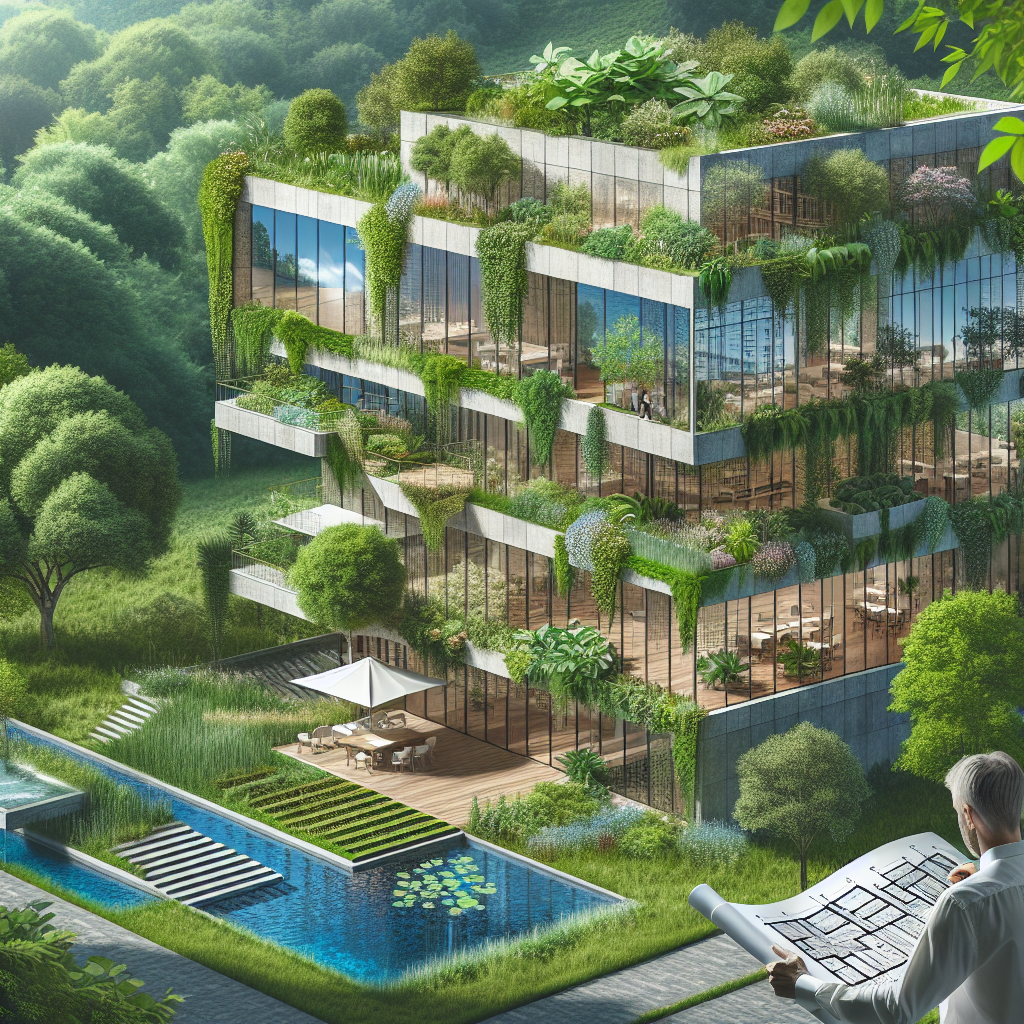Biophilic design principles have gained increasing popularity in the field of architecture as architects seek to create spaces that promote health and well-being. Biophilic design is based on the concept that humans have an innate connection to nature and that incorporating elements of the natural world into built environments can have a positive impact on our physical and mental health.
One way architects are incorporating biophilic design principles is by using natural materials in their designs. Wood, stone, and other natural materials are not only aesthetically pleasing but also have a calming effect on occupants. By using materials that come from the earth, architects are able to create spaces that feel more connected to the natural world.
Another way architects are incorporating biophilic design principles is by incorporating elements of nature into their designs. This could mean incorporating large windows that provide views of green spaces or incorporating living walls and vertical gardens into their buildings. By bringing nature into the built environment, architects are able to create spaces that feel more vibrant and alive.
In addition to using natural materials and incorporating elements of nature, architects are also utilizing natural light in their designs. Natural light has been shown to have numerous health benefits, including improving mood and promoting better sleep. By designing spaces that allow for ample natural light, architects are able to create environments that are not only aesthetically pleasing but also support the well-being of occupants.
Furthermore, architects are paying more attention to the layout and organization of spaces in order to create environments that are more in tune with nature. This could mean designing spaces that mimic natural patterns, such as the fractal patterns found in leaves or the branching patterns of trees. By designing spaces that resonate with natural forms and patterns, architects are able to create environments that feel more harmonious and balanced.
Incorporating biophilic design principles is also beneficial for the environment. By creating spaces that are more connected to the natural world, architects are able to reduce the environmental impact of their designs. For example, using natural ventilation and daylighting can help reduce the energy consumption of a building, while incorporating green roofs and walls can help improve air quality and reduce urban heat island effect.
Overall, architects are increasingly recognizing the importance of incorporating biophilic design principles into their projects. By using natural materials, incorporating elements of nature, utilizing natural light, and designing spaces that resonate with natural patterns, architects are able to create environments that are not only aesthetically pleasing but also promote health and well-being. As the benefits of biophilic design become more widely recognized, we can expect to see more architects incorporating these principles into their designs in the future.




